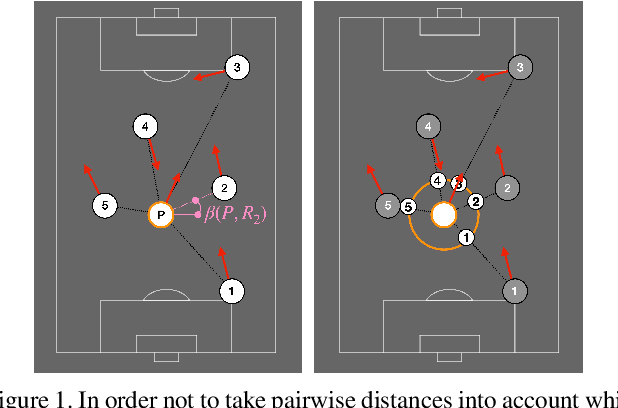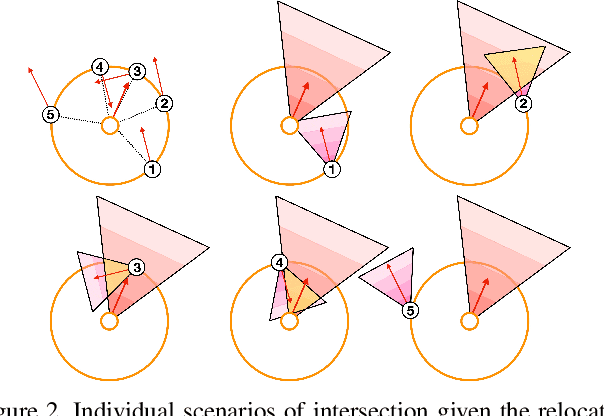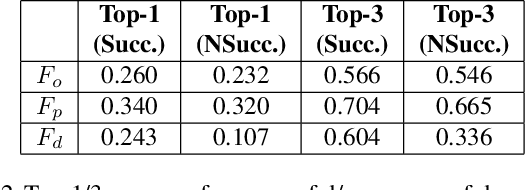Using Player's Body-Orientation to Model Pass Feasibility in Soccer
Paper and Code
Apr 15, 2020



Given a monocular video of a soccer match, this paper presents a computational model to estimate the most feasible pass at any given time. The method leverages offensive player's orientation (plus their location) and opponents' spatial configuration to compute the feasibility of pass events within players of the same team. Orientation data is gathered from body pose estimations that are properly projected onto the 2D game field; moreover, a geometrical solution is provided, through the definition of a feasibility measure, to determine which players are better oriented towards each other. Once analyzed more than 6000 pass events, results show that, by including orientation as a feasibility measure, a robust computational model can be built, reaching more than 0.7 Top-3 accuracy. Finally, the combination of the orientation feasibility measure with the recently introduced Expected Possession Value metric is studied; promising results are obtained, thus showing that existing models can be refined by using orientation as a key feature. These models could help both coaches and analysts to have a better understanding of the game and to improve the players' decision-making process.
 Add to Chrome
Add to Chrome Add to Firefox
Add to Firefox Add to Edge
Add to Edge